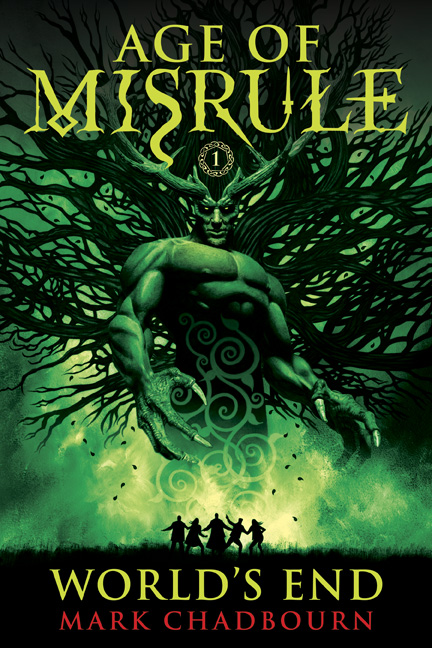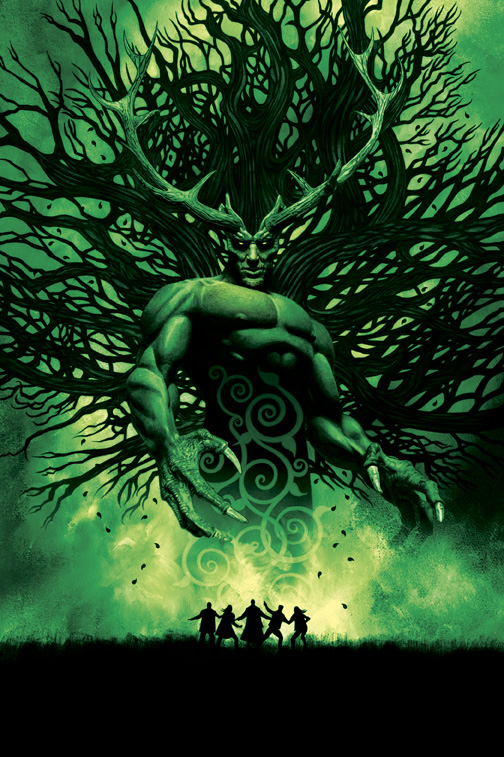I’m a slow reader. I’m a slow writer too, but that’s a different post altogether –no, I’m a slow reader. Part of it’s time constraint, much of it’s to do with what I want from a book. To me reading isn’t a progession of events, it’s a senory wash; every part of the imagination is engaged, verbal, visual, empathetic, olfactory. Reading is a virtual reality that’s entirely personalised to you. It’s not about where you get to, –we all know what that is; the end, the last page, the final period, no more story and we’re all headed for that one way or another; it’s how you get there. It’s not a train-track, it’s a terrain. I like to take time to explore the landscape in my head, maybe stay a while, set up a little bivouac, camp out
Nicholas Carr wonders in the The Atlantic if the online world is changing the way he reads. What interests me here is not so much the dwindling of attention spans, as what I call ‘nuggeting’ –scanning only for the important points, the catching points where the eye and the brain latch on to information –a point of change or transition or a contrast. Nugget to nugget, getting the eye-kicks in at the required bpm. I wonder if that’s what the commentariat mean when they say ‘the storyline did not engage me’ –the nuggets, the changes, the beats didn’t come fast enough. I think it’s a sad and bad thing. If we’re exposed to only what stimulates, it deadens the response. Reading isn’t only about finding out what happens next. Why hurry to the end? Take your time. There’s plenty to enjoy on the way.
Carlo Patrini founded the Slow Food movement in protest against the opening of a McDonald’s at the foot of the Spanish Steps in Rome. Slow Food is good food, cared-for food, food prepared and partaken with thought and time. Fast food is merely nutrition. I’m quite a fan of this way of thinking, with the implication in Fast Living that every moment must be validated by productive activity and accounted for to your peers. What do you mean, you spent a day cooking a single dish? You could have been at the gym/blogging/working/doing something valid. I’ve cooked things that take days to come together. I have a glorious Neapolitan recipe for ragu which takes a day and a night, and that’s before eating time. If the ‘now’ of eating a burger hand-meal is twenty minutes, I’ve stretched the ‘now’ of ragu or ‘Shoulder of Pork Donnie Brasco’ –from the River Cottage Meat Book: you stick in the oven and’ fuggedaboutit’ for twenty four hours. Serve with old wine or better still, single malt at least twelve years cask aged. Whiskey is a drink of the long now.
Then there are slow sports. The whole 20Twenty cricket phenomenon has hit the headlines with the scandal around Sir Allen Stanford and his absent 8 billion, and the news series of the Indian Premier league looms on the horizon. The idea of 20Twentyis that it can played in ninety minutes in fast, action-packed stadium game, rather than drawn out over three or four days in a Test Match. What’s not to like about a sport that takes days to play and then can end in a draw if it rains?
Let’s walk a little more slowly now. In the 10th century Church of St Burchardi in Helberstadt in central Germany, the longest musical performance began in 2001. It’s a piece by the late John Cage, Organ2/ASLSP –AsSLowaSPossible. It’s written without any tempo instructions, so you can take it any pace you like. It was originally a piano piece but transposed for the organ, which can hold a note indefinitely — as long as the key is pressed and there’s air in the pipes, music will sound—it best iterates the meaning of the title. This performance of Organ2/ASLSP will end on September 5th 2640. It will take 639 years to play. The number was chosen because that is the number of years since the first organ was built in the Church and the start date for the performance. Weights are placed on the keys and pedals, pumps maintain an air supply. Only the first six notes have been played, the first two and half years were in total silence. There are only four pipes in the organ, more will be added as they’re needed. The organ will be rebuilt around the music. –there are notes that won’t come into the score for decades, even centuries. Notes always change on the 5th of a month, when they do, the church is always filled. It’s multi-generation, long now task. I like the thought of families of musicians who, three, four hundred years from now, and still only part of the way into the music, will once or twice a year move a weight, add a pipe, attach a pedal. It’s a commitment to a future. And then, on September 5th in the 27th century, the organ will finally fall silent.
Then there are the truly long pieces that stand on the edge of Deep Time.
The Clock of the Long Now is a project of the Long Now Foundation an international body dedicated to educating us to rethink our concepts of time away from dangerous and atomising short-termism, which has damaged society, economics and the planetary ecosystem. Think long-term, think longer than your lifespan –a thing that’s very hard for us We can contemplate the void before we were born, we have difficulty contemplating the one after us. But the Long Now is science-fictional thinking –it says there will be a future, and more likely than not, a human future. Their simplest outworking of this philosophy is to write all year dates as five-digit: this is the year 02009. The Clock of the Long Now is a project to build a clock that will keep time for ten thousand years. Ten thousand is the period of time since the last Ice Age in which human civilization has developed to its present stare. The clock was first mooted in 01986 (doesn’t that immediately instil a sense of proportion?) by computer scientist Danny Hillis. A two meter tall prototype was installed in the Science Museum on London in 01999, and immediately chimed for the turn-over of the millennium (yes, I know pedants, I didn’t build the clock, okay?)
The idea is to build a clock that will reliably run for ten thousand years. It ticks once a year. The century dial advances once every hundred years. Once every a millennium it chimes. The chimes have been designed by Brian Eno (who thought up the expression ‘Long Now’); Neal Stephenson has been involved with the Long Now Foundation and its thinking runs throughout Anathem. The plan is to build a clock on the monumental-scale on a special site at the top of Mt Washington in Nevada, in a series of nested room, where it will run, corrected by position of the sun, for ten thousand years. It will chime for the final time on 31st December 12000. What could power such a clock? The designers looked at various models –it needs to be stable, robust, transparent and repairable using Bronze-Age technology—and they settled on human muscle power. People wind the Clock of the Long Now. I like that. It implies a continuity in human affairs, and continuing dedication. Like the community playing out ASLSP in an old German Church, there’s an assumption of a task –not too onerous—that runs from generation to generation to generation. Dedication, and diligence. I like to try to imagine the winders climbing to the mountaintop and passing through the nested chambers to wind a clock set in motion thousands of years before. In that kind of time frame, you can see the constellations move. Climates change. Biomes sweep across the land.
But in a sense, this new idea is very very old. On the midsummer solstice the sun shines over the heelstone at Stonehenge; at dawn of the midwinter solstice it shines into the inner chamber at the heart of burial mound of Newgrange in the Boyne Valley in Ireland. These are both clocks of the long now, investments in an unseen and unseeable future. As they say around there, ‘Sure when God made time, he made plenty of it.










